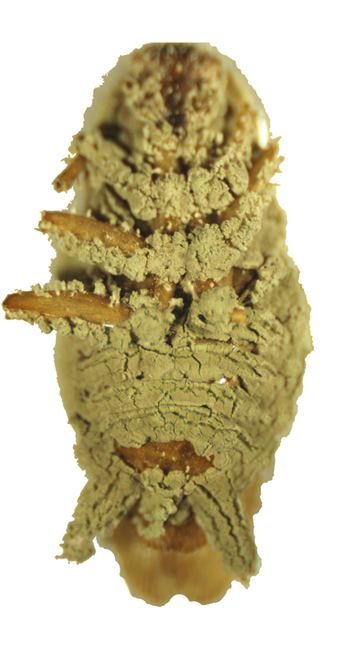Kingdom Fungi Scientific name Metarhizium Rank Genus | ||
 | ||
Similar Metarhizium anisopliae, Beauveria, Beauveria bassiana, Paecilomyces fumosoroseus, Paecilomyces | ||
Powerful natural biological pesticide metarhizium
Metarhizium is a genus of entomopathogenic fungi in the Clavicipitaceae family. With the advent of genetic profiling, it has now become possible to place these fungi in proper taxa. Most turn out to be the asexual forms (anamorphs) of fungi in the phylum Ascomycota: including Metacordyceps spp.
Contents
- Powerful natural biological pesticide metarhizium
- Exploring the entomopathogenic lifestyle hints from the metarhizium robertsii genome
- Species
- Locust control
- References
Exploring the entomopathogenic lifestyle hints from the metarhizium robertsii genome
Species
Nine former varieties have now been assigned species status next to the well-known Metarhizium anisopliae:
Species long recognised as distinct:
The teleomorphs of Metarhizium species appear to be members of the genus Metacordyceps. Metacordyceps taii (as Cordyceps taii) has been described as the teleomorph of Metarhizium taii and was later synonymised with M. anisopliae var. anisopliae, but it is now described as a synonym of M. guizhouense.
It is not yet clear whether the other varieties of M. anisopliae have their own teleomorphs. It is, however, possible that some, if not most, strains of M. anisopliae have lost the capability of reproducing sexually.
Locust control
In the 1990s, the LUBILOSA research program proved that M. acridum in its spore form was effective in killing locusts and other members of the Acrididea families with no deleterious effects found in field trials on any non-target species except for the domesticated silk worm Bombyx mori. It is currently produced as a biopesticide under the name Green Muscle by Becker Underwood South Africa.
